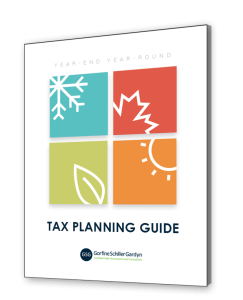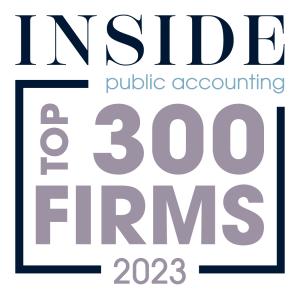For the last 20 years, I have focused on designing, developing and implementing world-class finance, process and technology solutions for clients ranging from Mom & Pop Start-ups to Fortune 500 corporations. What I have recognized during this time is that regardless of the organizations size and focus, issues and opportunities seem to be pretty consistent. This blog focuses on the good, the bad, and the ugly of what our clients face on a day to day basis.
ARE YOU LOOKING FOR GOLD IN THE RIGHT PLACES?
Isn’t it ironic that most organizations will tout that their “people are their biggest, most precious assets” yet as soon as times get tough, those “people assets” are the first to go. While in some cases this may be absolutely necessary for survival, it should not be the first place you turn.
Our experience is that most firms have not tapped into their non-human capital purchasing power with their vendor / supplier base. We typically find that there is between 10% – 25% savings opportunities for most of the commodities you purchase to support your business. Determining if there are saving opportunities is pretty simple. All you need to do is to take our quick high-level purchasing fitness test by answering the following questions:
- Do you have an existing contract for the high volume commodities that you currently purchase?
- Were these contracts competitively bid?
- Have these contracts been negotiated within the last year (do not include auto-renewals as negotiations – they are not)?
- Do your suppliers meet with you on a periodic basis to help identify ways to cut costs (preferably quarterly)?
- Do you have a good understanding of the commodities you purchase at a detailed SKU or Manufacturer Part Number level?
- Do you understand industry trends or benchmarks for these commodity groups?
If you answered “No” to ANY of these questions, you have an opportunity to drive savings through the use of best practice, time tested, strategic sourcing methods. So, what is strategic sourcing?
The Procurement Management Leaders Network defines strategic sourcing as a series of processes focused on getting the best products and services at the best value. Sounds easy right? Wrong! Most organizations can easily identify the best products and services to meet their requirements; however, ensuring that they have obtained the lowest total cost of ownership, couple with the best service level agreements is not as easy as you would think.
So, how do you ensure that you get the best product or service at the best total cost from your suppliers? By moving forward with strategic sourcing! At a high level, a successful strategic sourcing initiative should include the following activities:
- Plan the Initiative
- Analyze the Data
- Select the Commodity Groups
- Develop Commodity Teams
- Develop and Issue RFx Documents
- Analyze Responses
- Award & Execute Contracts
- Drive Compliance
- Monitor and Report Savings & Performance
In simpler terms, identify the savings opportunities, drive the savings on a commodity by commodity basis, and perpetually sustain / enhance the savings. Also, you need to remember that it is not just consolidating your spend to drive better pricing. You should also look at organizational purchasing patterns to see if there are opportunities to standardize without giving up quality!
Cost savings driven by a strategic sourcing initiative drop straight to the organization’s bottom line and may reduce the need to take action against your most precious assets: Your People!
So, go forth and find your gold!
Best Regards,
Mark T. Warren, MS
Director of Business Consulting
Gorfine, Schiller & Gardyn, PA
443-632-5149
Mark Warren has over 20 years experience in business consulting, including business performance management, contract management and strategic sourcing. He works with clients of all sizes in Baltimore, Maryland and throughout the Mid-Atlantic.





